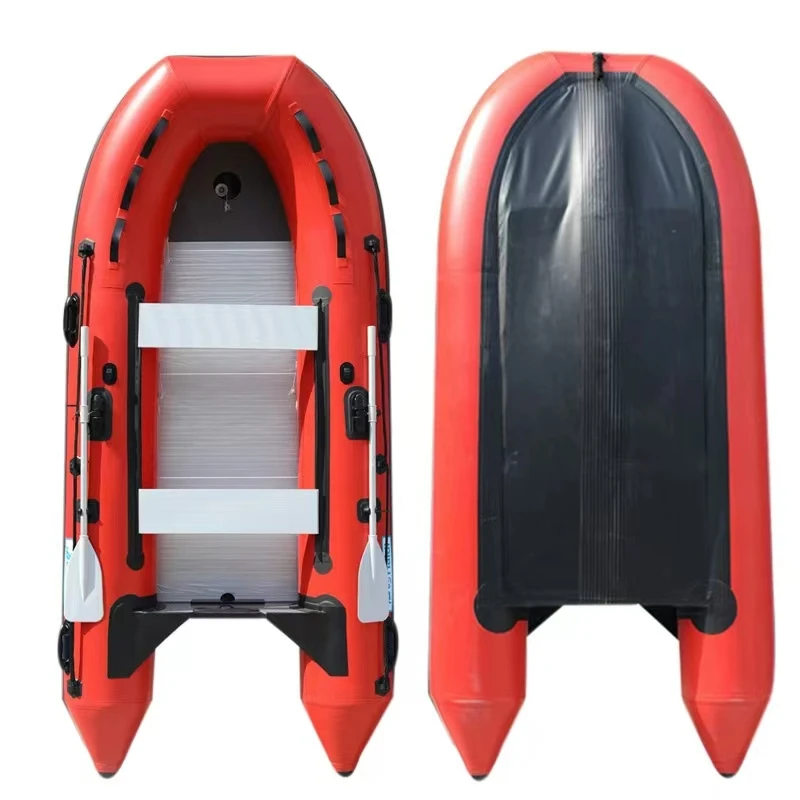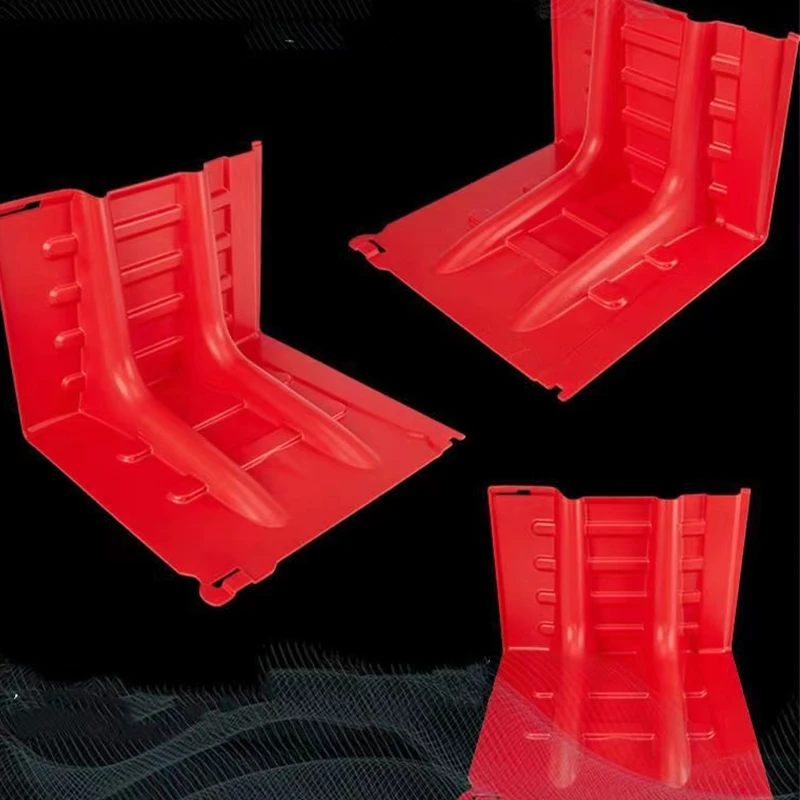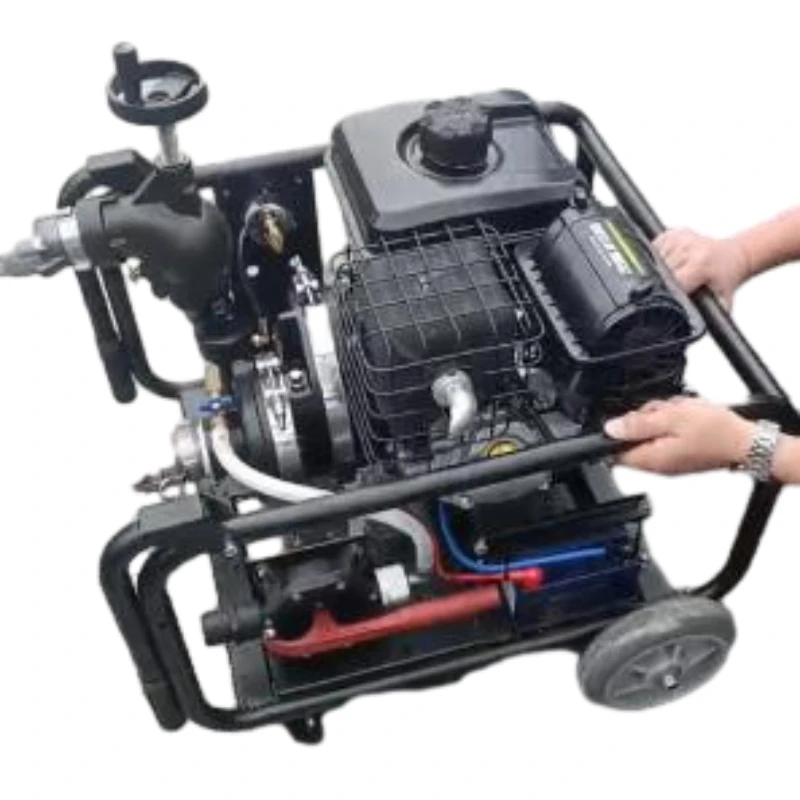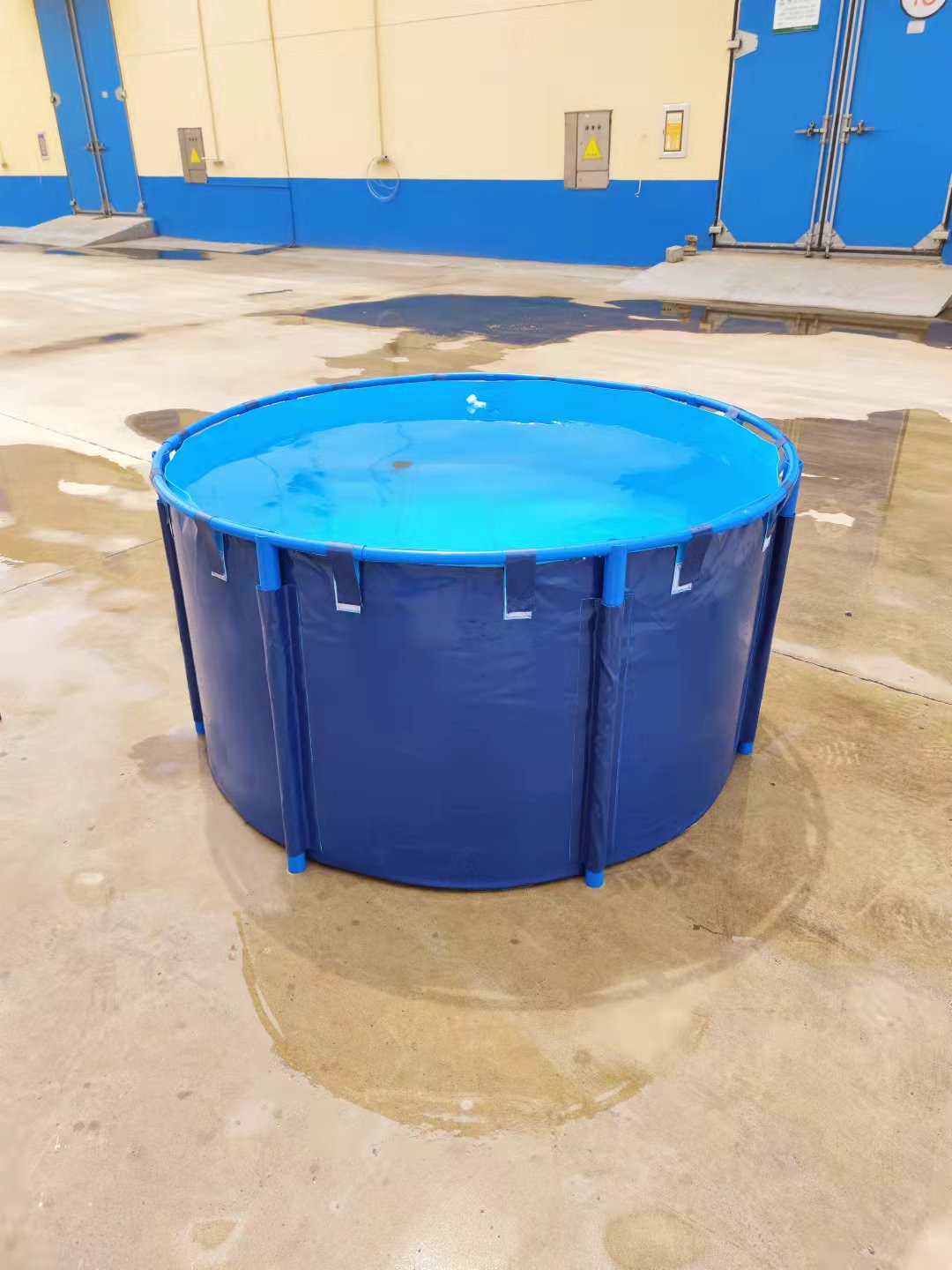Field Notes on the Portable High Pressure Water Pump
I’ve been around wildfire seasons, municipal drills, and dusty construction roads long enough to spot gear that quietly does the hard work. This unit—designed in Shijiazhuang, Hebei—leans into practicality: engine plus pump, spray nozzles, inlet pipe, high‑pressure fire hose, and all the bits you actually need. Wheels and a folding frame handle, hand carry, even vehicle-mountable. To be honest, that last point matters more than brochures admit—getting a Portable High Pressure Water Pump to the front line in one move can shave minutes. Minutes save roofs, orchards, sometimes worse.
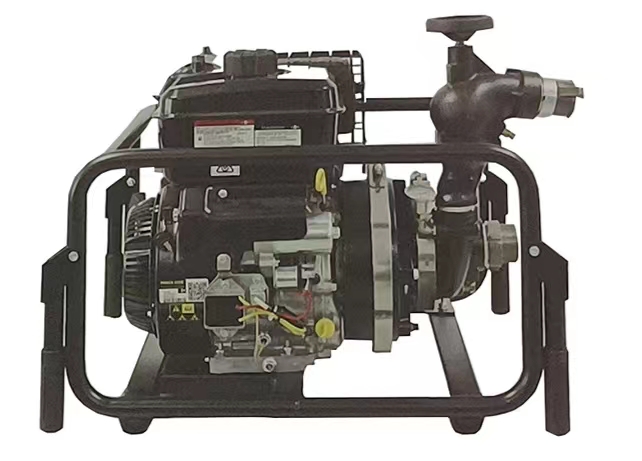
Why this category is trending
Urban–wildland interfaces are expanding, and water sources aren’t always cooperative. Departments and estates want compact pressure with decent lift; contractors want multi-purpose duty (washing down, dust suppression). The sweet spot is a Portable High Pressure Water Pump that primes fast, runs clean, and can be moved by two people or wheeled by one. Surprisingly, buyers now ask as much about test data and certifications as they do about max pressure—good sign.
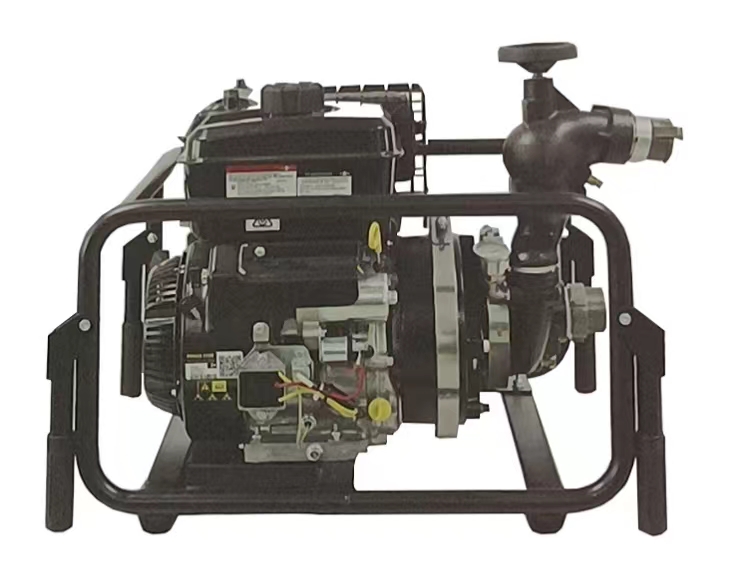
Typical specifications (real-world use may vary)
| Parameter | Typical value (≈) | Notes |
|---|---|---|
| Engine | Gasoline or diesel, single-cylinder, air-cooled | ISO 15550-rated power; easy field service |
| Max outlet pressure | 2.0–3.5 MPa | Depends on nozzle and head loss |
| Flow rate | 120–800 L/min | EN 1028 method for characterization |
| Total head | 80–160 m | With high‑pressure fire hose |
| Suction lift | 7–9 m (primed) | Priming ≈10–30 s |
| Weight | 28–45 kg | Frame with folding handle and wheels |
| Certifications | ISO 9001, CCCF; EN 14466 compliance | Local approvals vary by market |
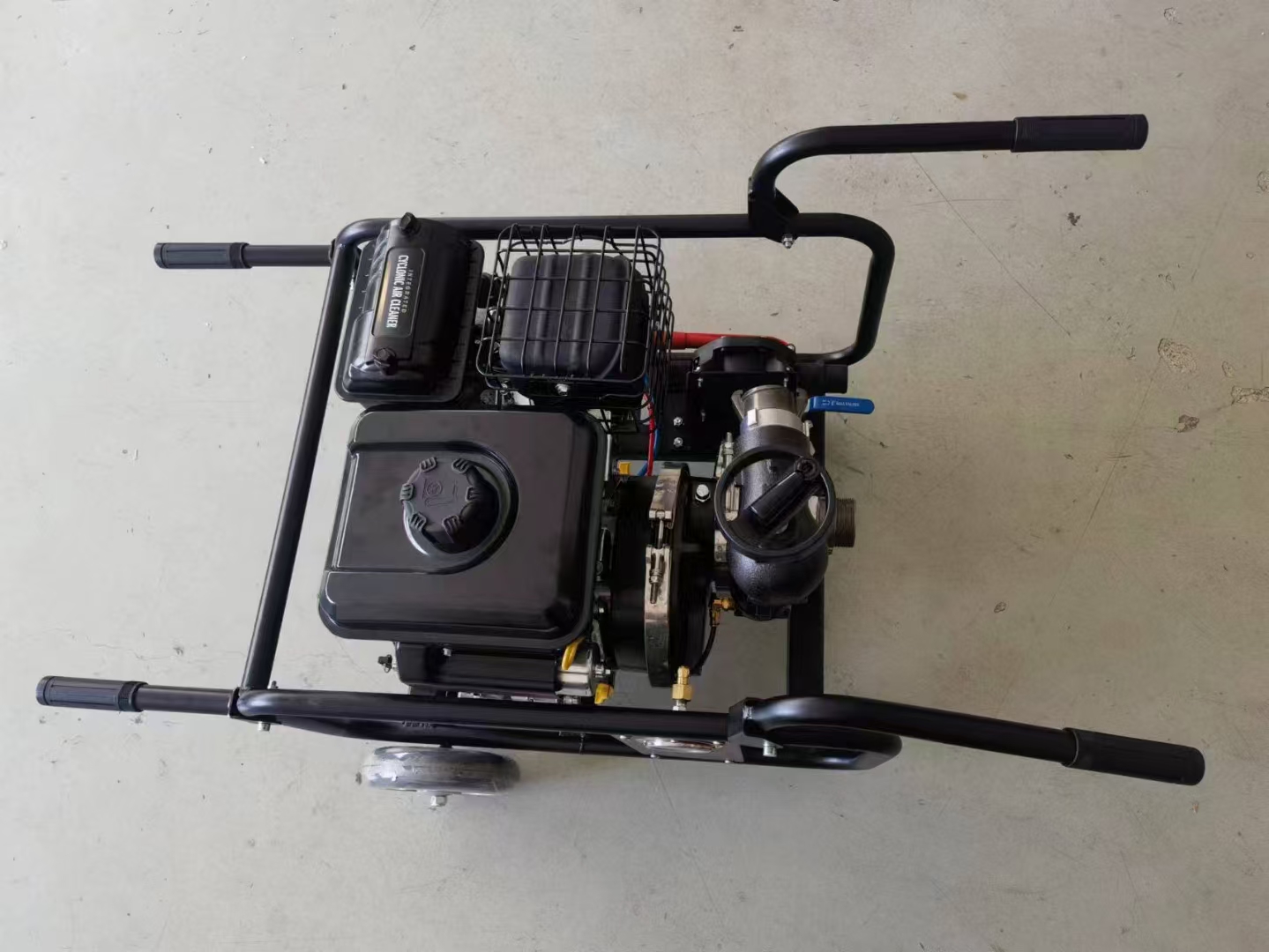
Applications and what users say
- Wildland and municipal firefighting (rapid initial attack, balcony/attic shots)
- Industrial and mining sites (washdown, emergency standby)
- Agriculture/estates (irrigation bursts, perimeter fire breaks)
- Construction and roadwork (dust suppression, equipment cleaning)
Many customers say the folding outer frame is the unsung hero—fast to load, easy to roll. The complete kit (nozzles, inlet pipe, high‑pressure hose, accessories) means fewer last‑minute store runs, which, I guess, is the difference between theory and a 2 a.m. call‑out.
Process, testing, and service life
Materials: corrosion‑resistant pump housing, elastomer seals with heat/abrasion resistance, aluminum frame with folding handle. Methods: CNC machining of impeller/volute, dynamic balance check, high‑pressure hydrostatic test at ≈1.5× rated pressure (EN 1028 style). Testing standards: hose to NFPA 1961/1962, functional endurance at rated load for 2–4 hours. Service life: around 8–12 years with routine maintenance—longer if stored dry and hoses are rotated.
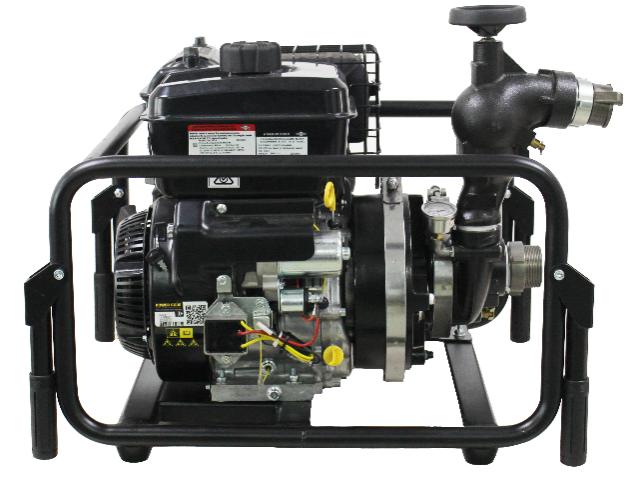
Vendor snapshot and customization
| Vendor | Certs | Max pressure (≈) | Weight (≈) | Lead time | Customization |
|---|---|---|---|---|---|
| FFW Fire Safety (Hebei) | ISO 9001, CCCF, CE | 3.0–3.5 MPa | 30–40 kg | 2–5 weeks | Nozzles, hose length, engine choice |
| Regional Brand A | ISO 9001 | 2.5–3.0 MPa | 32–48 kg | 3–6 weeks | Limited hose/nozzle options |
| International Brand B | ISO 9001, CE | 3.0 MPa | 35–50 kg | 4–8 weeks | Engine brand, mounts, gauges |
Customization notes: selectable gasoline/diesel engines, hose lengths, quick‑connect couplings, pressure gauges, and vehicle mounting kits. Origin: No.118 Youyi Street, Xinhua Dist., Shijiazhuang City, Hebei Province, China.
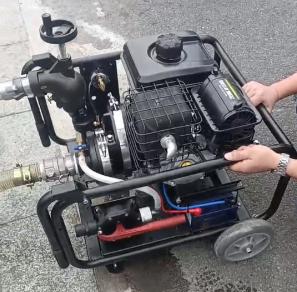
Mini case studies
Forestry team, Yunnan: used a Portable High Pressure Water Pump as a relay from a creek to ridge line—reported 12–15% less fuel use versus an older unit and faster priming at dawn temps. Industrial yard, Gulf region: weekly washdowns plus emergency standby; maintenance logs showed zero seal failures across 9 months, with hoses tested per NFPA 1962.
Compliance and data points
Hydrostatic proof testing at ≈1.5× rated pressure, nozzle pattern verification, and hose burst tests to NFPA 1961 baselines. Factory QMS under ISO 9001. Where applicable, CCCF certification for fire products. Field endurance runs are logged; typical wear parts (seals, gaskets) replaced at 500–800 hours, depending on water quality.
References:
- EN 1028 and EN 14466 standards for fire-fighting pumps and portable pumps (classification, testing, performance).
- NFPA 1961/1962: Standard on Fire Hose; Care, Use, Inspection, Service Testing, and Replacement of Fire Hose.
- ISO 9001:2015 Quality Management Systems; CCCF (China Certification Center for Fire Products) framework for fire equipment.









